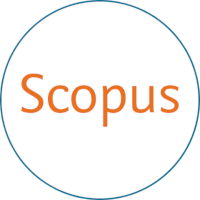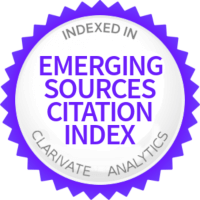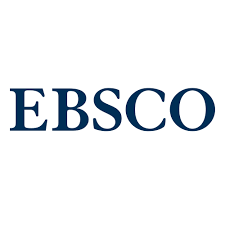Beyond the Bag: MetaBirkins, Hermès, and the Legal Frontier of NFTs in Trademark Law
DOI:
https://doi.org/10.6092/issn.2531-6133/20653Keywords:
Non-fungible Tokens, Trademark, Intellectual Property Law, Digital Art, BlockchainAbstract
The MetaBirkins case, pitting Hermès against digital artist Mason Rothschild, underscores a groundbreaking challenge in trademark law within the rapidly evolving landscape of digital assets. Rothschild’s fur-covered, Birkin-inspired Non-Fungible Tokens (NFTs) presented as digital art, not only defied Hermès’ strict brand identity but also ignited a legal debate over the intersection of artistic freedom, consumer protection, and brand exclusivity. Hermès argues that the MetaBirkins infringe on its Birkin trademark, claiming they could dilute the brand’s value and confuse consumers. At the same time, Rothschild asserts his N.F.Ts. are artistic expressions protected under the First Amendment. This paper delves into the legal complexities raised by this case, analyzing Rothschild’s defenses against Hermès’ claims of infringement, dilution, and cybersquatting in the United States (U.S.) and exploring how similar claims might fare under European Union (E.U.) trademark law. It highlights the limitations of traditional trademark frameworks in addressing digital assets, examining how both U.S. and E.U. laws might adapt to protect intellectual property rights without stifling creative expression. To provide a comprehensive analysis, this paper first offers an overview of the technologies involved, specifically N.F.Ts. and blockchain, establishing the foundation for Rothschild’s and Hermès’ respective claims. It then presents Hermès’ arguments regarding U.S. trademark protections before assessing Rothschild’s First Amendment defenses. Next, a comparative section examines how E.U. trademark law might apply, considering the potential defenses Rothschild could raise under the E.U.’s different legal framework. Finally, the study reflects on the implications of Rothschild’s ongoing appeal, positioning this case as a pivotal reference point for the future of intellectual property in digital spaces and for balancing brand rights with creative freedoms.
Downloads
Downloads
Published
How to Cite
Issue
Section
License
Copyright (c) 2025 Thayssa Bohadana Martins

This work is licensed under a Creative Commons Attribution 4.0 International License.










